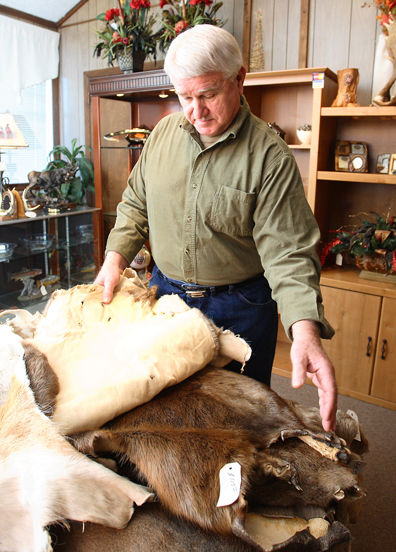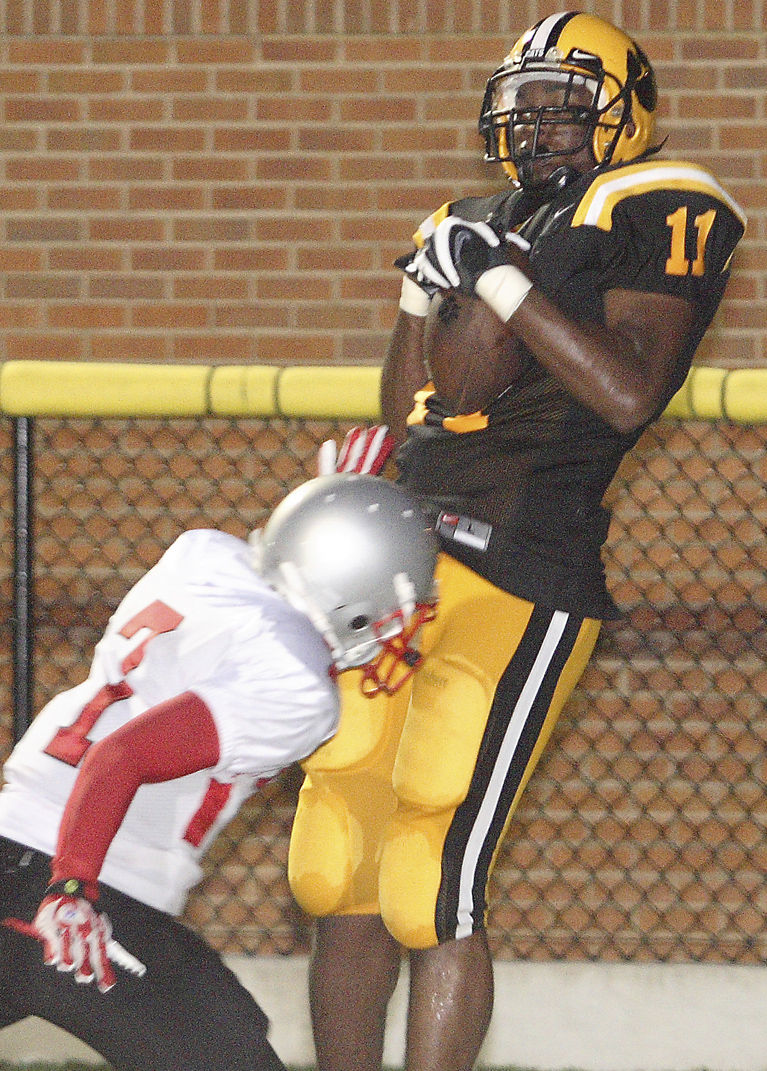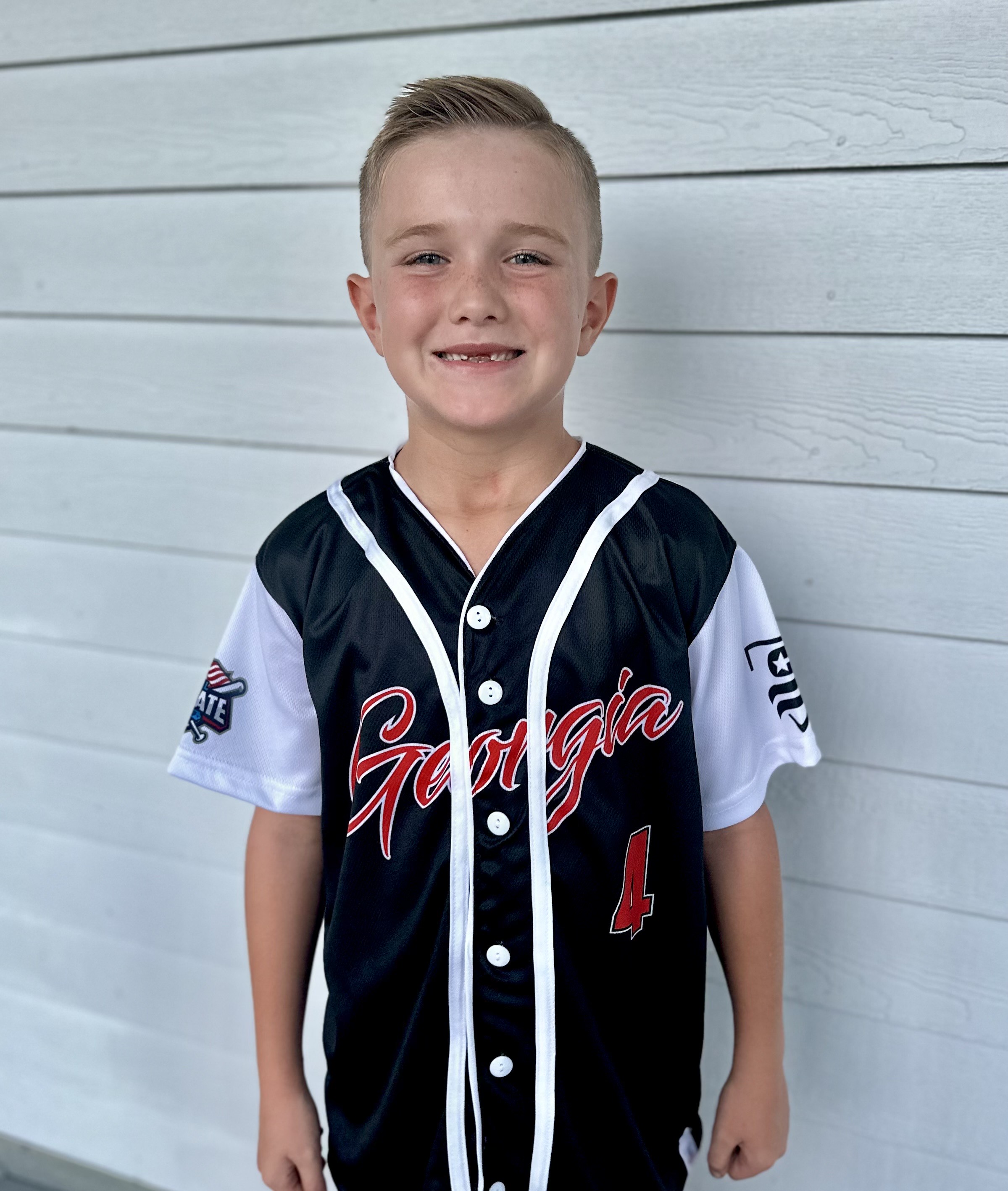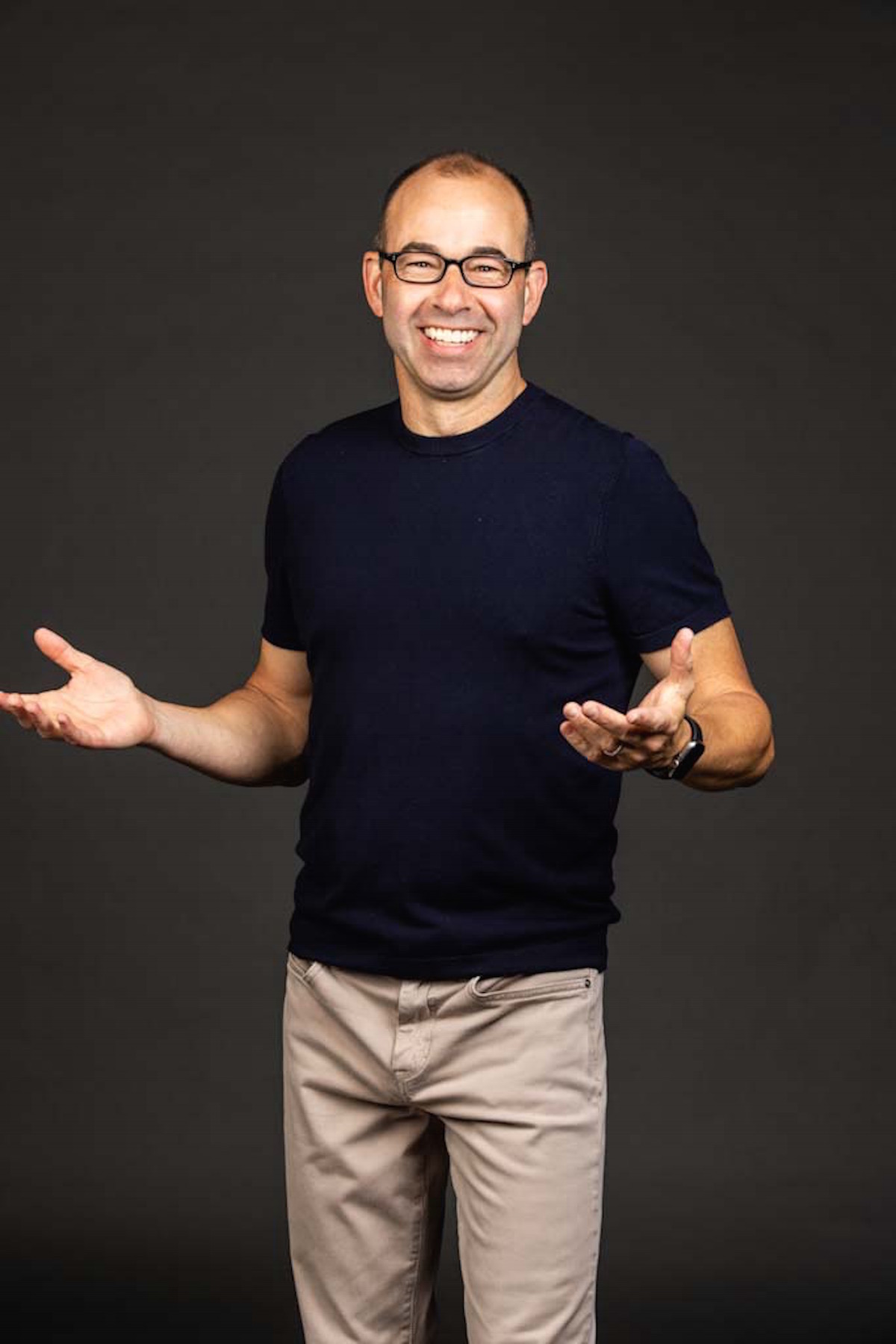At Random: Roger Browning
Published 11:25 pm Sunday, November 2, 2008

- Roger Browning looks through a collection of animal pelts for sale in the gift shop at Browning Taxidermy Custom Mounting and Wildlife Lamps in Lakeland.
Some say a picture can never truly capture the beauty of a living thing. Perhaps this idea was derived because a picture fails to cover every dimension of a being. This is not the case for art pieces that take the actual shape and mold of a creature, which is one reason taxidermy has become so popular.
A lover of animals, I never had much interest or appreciation for taxidermy. My perspective changed drastically after meeting Roger Browning, owner of Browning Taxidermy Custom Mounting and Wildlife Lamps in Lakeland.
I learned about Browning during a meeting with Jefferies Eldridge and Jeff Corley for a story on their company, Southern Outdoors Productions, LLC. While looking around Corley’s office, I noticed what I can only describe as the most beautiful still turkey and fox I have ever seen. The blend of natural colors and landscape that accompanied the animals kept my attention and made me want to know more about the artist. After hearing several good things about Browning and his work from Eldridge, I knew his story would be a great one to share with the world.
I recently met with Browning and his wife, Wanda, at their taxidermy shop in Lakeland. During our interview, Browning took me on an adventure into the life of a taxidermist who has been in the business of immortalizing wildlife for half a century.
Born in Hahira, Browning was raised in Douglas. He was introduced to taxidermy in 1958 at the age of 15, when he took a Northwestern Taxidermy School correspondence course he purchased.
“I’m basically self-taught,” Browning said. “I have taught myself everything I know over the past 50 years.”
After graduating from Coffee County High School, then South Georgia College in Douglas, Browning attended LaGrange College, where he majored in religion.
“I then became an educational director at First Baptist Church in Westpoint for a few years. However, I continued to do taxidermy as a part-time job.”
Browning eventually decided that his calling was in the taxidermy field, so he decided to do taxidermy full-time. He opened his first taxidermy shop in Cordele in 1965.
Browning met his wife in 1976.
“After we got married, we moved to Destin, Fla. There I opened a marine taxidermy business that I ran for 15 years.”
While running the marine taxidermy company, Browning pioneered fiberglass reproduction. He worked on creatures such as swordfish and marlins.
Contact with the chemicals used when dealing with marine fish took a toll on Browning’s health in 1983. He got sick and lost the use of his legs; therefore, he chose to leave the marine taxidermy business.
“After leaving Destin, I moved to Orlando, Fla., and worked for a lighting company,” Browning said. “We actually built 11 companies. I sold the companies, retired and moved to Valdosta in 1993.”
It wasn’t long before Browning was back to taxidermy work. He worked from the yard of his home on Jerry Jones Drive. While Browning still did small work in the lighting business, he worked full-time as a taxidermist.
“People kept insisting that I open up a shop.”
Five years ago, Browning and his wife moved to Lakeland, where his shop, Browning Taxidermy, sits on South Valdosta Road. The shop has a staff of six and is now expanding.
What sets his work apart from the rest? “I am best known for the quality and detailed work I provide,” Browning said. “My experience spans 50 years, so I’ve seen taxidermy in every part of its growth.”
One apparent difference in the work done by Browning and most taxidermists is the scenery and action included on a mount.
“I like the animals to be a part of a scene because it appeals to the eye more than just a mounted animal. Let’s be honest, the majority of the mounts eventually end up in a garage. I include scenery so that it enhances the appearance of a house or room no matter where it is.”
In addition to mounts, Browning does novelties such as lamps, pillows and foot stools. He also does oil paintings, but strictly for friends.
“The oil paintings are a type of stress release. I do those just because I enjoy it.”
Browning specializes in taxidermy on North American big game, African wildlife and most birds and fish; however, his work covers the total scope of all wildlife. When asked what was the wildest animal he had ever worked on, Browning said, “ I don’t know. I’ve worked on so much, what’s wild to you probably isn’t wild to me. I will say that the largest animals I have worked on are elephants and giraffes and the smallest is probably a hummingbird.”
Browning added that he had just sold a mounting of a lion leaping to catch an impala in its mouth.
In his opinion, the key to a successful taxidermy business is thinking outside of the box.
“You have to be a jack of all trades. It takes a lot of creative work, which most taxidermy schools do not offer today. I even go into homes and commercial establishments to advise clients on the best way to make mounts, lamps or pillows fit the decor of a room.”
With 12 to 14-hour work days, Browning hardly has time for hobbies. “I love to golf and travel every now and then,” Browning said. “I enjoy occasional opera and a good broadway show sometimes as well.”
Browning also attends First Methodist Church in Lakeland.
Browning, who has been to several exotic countries in Africa, Asia and South America, plans to take a step back from taxidermy in the next two years.
“We have plans to build a new office soon. From there, I’ll let my staff run the office and I will just oversee it and book hunting trips. I may also do some public relations for the business.”
Browning hopes to spend more time with his wife, three children and five grandchildren after he retires. In the meantime, he is focused on seeing that Browning Taxidermy thrives for years to come.
“It’s a very difficult job, but I’ve been blessed with a business that has tripled in the last few years because of the quality of work.”





